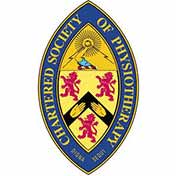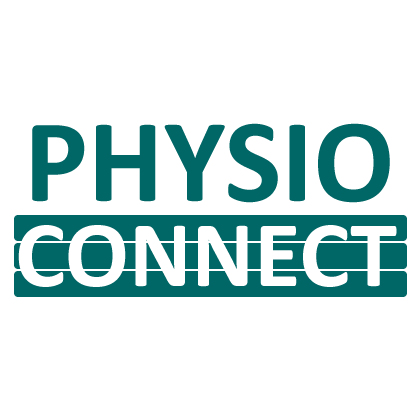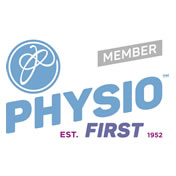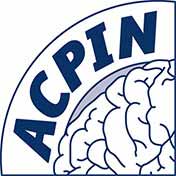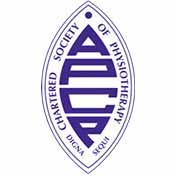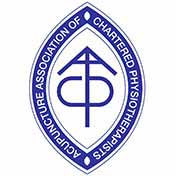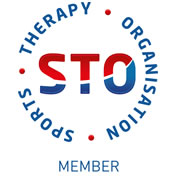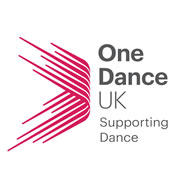Considering its size, the foot has an astonishing 28 bones, 38 muscles, 25 joint complexes and 214 ligaments to its structure, making it a highly complex body part. It has one of the most demanding jobs of the body in terms of providing functional capability, given that it enables individuals to stand, walk and run throughout their lifetime, therefore it is not surprising therefore that problems with the ankle and the foot affect 75% of people at some stage in their lives.
Ankle sprains
These may be sustained when a person suddenly twists or turns on the ankle in a way that the soft tissues are unable to stabilise, which causes tearing of these structures to occur. Strictly speaking, sprains occur mainly to ligaments, but the mechanism of an ankle sprain can be such that other soft tissue structures are injured, including muscle, nerve and joint capsule.
As they occur so commonly, ankle sprains are often not considered to be important injuries. However, the velocity at which they can occur, usually during weight bearing, means significant soft tissue injury can result. If this soft tissue injury is not addressed correctly, scar tissue and joint adaptations can follow causing long term 'chronic' ankle problems including pain, stiffness and instability.
It is interesting that 80% of all ankle sprains are estimated to become chronic / recurrent. This gives some idea as to how many of these injuries are mis-managed, often through the assumption that they are only minor injuries and therefore do not require medical attention.
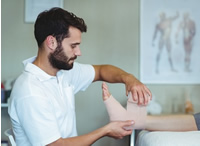 The most common ankle sprain is that of the lateral complex – which can include the lateral ligaments, peroneal muscle group, ankle joint capsule, and sometimes the peroneal nerve. It is sustained when an inversion injury occurs, causing the foot to suddenly turn under (over onto the outer part of the ankle). Pain, swelling, reduced motion at the foot and ankle and difficulty weight-bearing are common signs and symptoms associated with this injury. In the longer term, if normal movement is not restored quickly, scarring occurs within the injured soft tissues, affecting the foot and ankle joints and the associated muscles and ligaments. This can alter foot and ankle movement dynamics and overall position sense / balance (proprioception).
The most common ankle sprain is that of the lateral complex – which can include the lateral ligaments, peroneal muscle group, ankle joint capsule, and sometimes the peroneal nerve. It is sustained when an inversion injury occurs, causing the foot to suddenly turn under (over onto the outer part of the ankle). Pain, swelling, reduced motion at the foot and ankle and difficulty weight-bearing are common signs and symptoms associated with this injury. In the longer term, if normal movement is not restored quickly, scarring occurs within the injured soft tissues, affecting the foot and ankle joints and the associated muscles and ligaments. This can alter foot and ankle movement dynamics and overall position sense / balance (proprioception).
In some cases, the injured ligaments become effectively 'longer' as they have been overstretched and they do not possess the elastic / contractile properties that muscles do. Overstretched and therefore incompetent ligaments provide poor support around the ankle joint, predisposing the individual to problems with ankle stability and recurrent strains and sprains.
It is important therefore that a physiotherapist is consulted following an ankle sprain. If the sprain is minor, recovery with appropriate guidance and rehabilitation exercises should be relatively speedy. More complex and higher velocity ankle sprains (involving multiple soft tissues) will take longer to recover, although with the correct supervision and appropriate rehabilitation, a full recovery is usually made.
Achilles Tendinopathy / Ruptures
Though the Achilles is the strongest tendon in the body, it is subject to huge stresses and demands when running and walking, providing power for propulsion and affecting speed. Achilles tendons are therefore subject to injury, through strain, developing a tendinopathy or, in severe cases, partial or complete rupture. Certain medical conditions (such as rheumatoid arthritis, gout, diabetes and lups) can make the Achilles more prone to injury.
Achilles tendinopathies are extremely common in sport, where sudden propulsion, changes in speed or inclines are involved. Not surprisingly, footballers, runners, jumpers and hill walkers are prone to this problem, due to the repetitive stresses placed through one or both of their Achilles during activity. Injury may result from a single or a repetitive force, or may stem from abnormal foot biomechanics altering every step and therefore changing the stresses repeatedly placed through the tendon.
Tendinopathies have a habit of feeling easier after warming into activity, so as symptoms seem to ease for a while at the start of a run or game of football, this unfortunately encourages the individual to continue with their sport, long after they should rest and seek medical assessment. Other common traits include stiffness on walking first thing in the morning, after long periods of sitting, and when coming down stairs.
Management of tendinopathies must be linked appropriately to any other relevant biomechanical findings, but often requires 'eccentric training', some local soft tissue work, core stability work and occasionally a podiatry assessment. Your physiotherapist can also design a sport-specific rehabilitation programme for you to follow in order to return safely to your sport without experiencing recurrent Achilles issues.
When an Achilles tendon ruptures, there really is no mistaking it. People describe feeling as though they have been either shot, or violently kicked in the back of their leg. When fully ruptured, the ankle is no longer able to plantarflex (flex downwards) and walking is considerably altered due to lack of propulsion / push-off. Complete rupture requires immobilisation by either serial plaster casting and later a walker boot, or a surgical repair. Rehabilitation post-surgery / cast removal is a lengthy process. In the majority of cases, individuals can return to sport, as long as they have received the appropriate management and rehabilitation.
Plantarfasciitis
This condition relates to pain and inflammation felt from the under-surface of the foot (from the plantarfascia). Sometimes symptoms are isolated to the heel pad area, and at other times span the length of the inside sole of the foot along the arch. Very rarely is an injury to this area reported as a precursor to the onset of pain, but more commonly an in insidious onset is reported which has gradually worsened as time goes on.
Pain is reported from the sole of the foot on weight-bearing, particularly after periods of rest / sitting and on putting the foot to the floor on waking in a morning. Pain can be described as sharp, usually from the underside of the heel, and this can subside to a dull ache after walking for a while. Long periods of standing, running and walking long distances can then aggravate the pain further.
Many factors can contribute to developing plantarfasciitis such as age, weight, weakness in the intrinsic muscles of the foot and laxity of the ligaments of the arch of the foot, tight calf muscles, prolonged periods of standing on hard surfaces, inappropriate footwear and altered arches of the foot (either low or high). Abnormal foot biomechnanics cause changes to the normal movement dynamics of the foot, placing undue stress through this thick band of fascia and subsequently producing inflammation. Increased tension through the plantarfascia can pull on the heel bone (calcaneus) and lead to a person developing a 'heel spur', because of the traction forces placed upon the attachment of the fascia at the heel. Interestingly the heel spur itself is not painful, more the tissue surrounding it that has become inflamed.
Management of this very disabling condition involves co-management between both physiotherapy and podiatry, in order to address all aspects that may be to blame. Physiotherapy rehabilitation may involve soft tissue work into the sole of the foot and calf, specific stretches, strengthening exercises for the foot (if appropriate) and core stability work is usually required. Podiatry can then focus on any structural problems within the foot and cast for tailor-made insoles if these are required.
Metatarsalgia
This is pain arising from the forefoot, often either under the balls of the toes, or across the top of the foot where the toes meet the forefoot to bend (metatarsal joints). Most commonly affecting the 2nd and 3rd metatarsal joints, individuals often report feeling like they are walking on glass, or have a stone in their shoes. The cause is often biomechanical, as a result of abnormal loading through the foot, and usually as a knock on effect of abnormal movement elsewhere in the foot e.g. stiffness from the big toe. Walking becomes very painful and comfortable shoes are difficult to find.
This problem often involves a podiatry assessment, possibly insoles and may or may not require physiotherapy depending upon the source of the problem. Acupuncture can help with settling pain, and on occasion, steroid injection is necessary to settle the inflammation.

